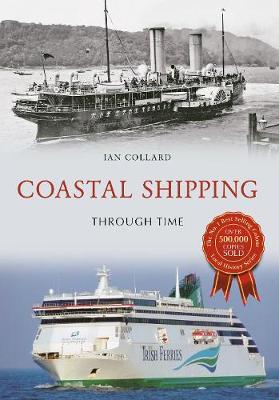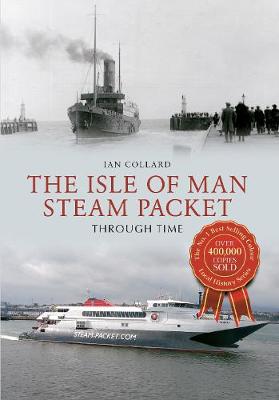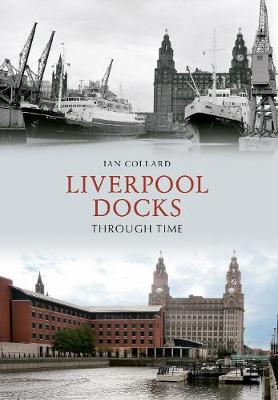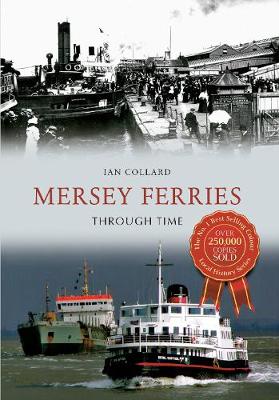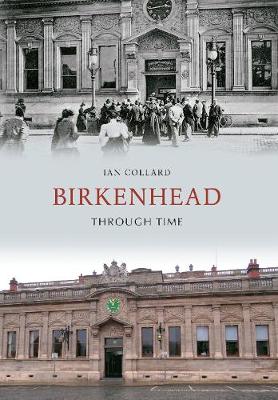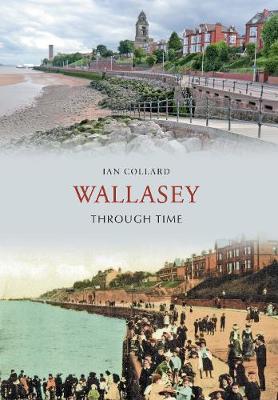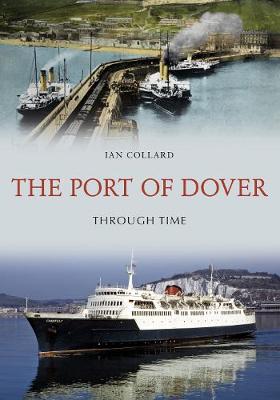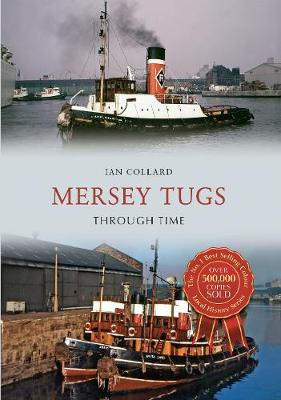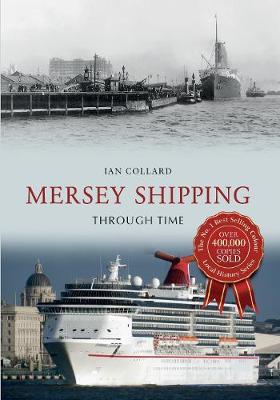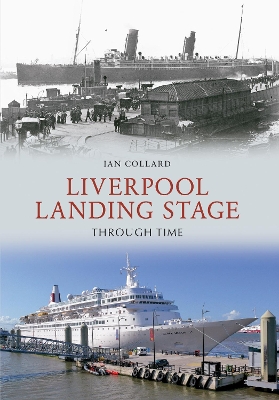Through Time
11 total works
In this book, maritime author Ian Collard takes a look at the history of coastal shipping in the UK, examining a selection of the ships used to transport so much cargo and so many passengers across the English Channel, the Irish Sea, the Solent and along the west coast of Scotland, among other places.
Readers are invited to follow a timeline of events and watch the changing face of this lively part of the country, as Ian Collard guides us through the local streets. There is something for everyone here, whether they have lived in this area all their lives, or whether they are just visiting Wallasey for the first time. This book also shows how photography has continually evolved to keep up with an ever changing society.
The Western Docks are formed by the western arm of the harbour and include Admiralty Pier and other port facilities. They were used as a terminal for the Golden Arrow and other cross-channel train services. The railway station closed in 1994 and this area of the port was used for cross-channel hovercraft services operated by Hoverspeed, which was declared bankrupt in 2005. The railway station re-opened as the Dover Cruise Terminal and can accommodate up to three cruise ships at a time. The White Cliffs remain one of the most iconic and memorable parts of the Kent coast and the strategic importance of the town has been recognised throughout its history.
Mersey tugs were employed to work with passenger liners, cargo vessels, oil tankers and other vessels working on the river. The modern tug is equipped with azimuthing thrusters or Voith Schneider Vertical propellers which enable them to generate the thrust required for towing the larger vessels which are now being built. In this book, Ian Collard charts the development of the Mersey tug from the late nineteenth century to the present day.
